How to Charge a 6 Volt Battery (4 Steps & Voltage Guide)

Do you have a 6V battery and don’t know how to charge it, what charger to use, or how long it will take? By the end of this guide, you’ll have all the answers.
As an electrician, I have a few tips for connecting chargers and battery terminals to charge 6V batteries correctly. Some vehicles and other devices still depend on 6V batteries, despite new or higher voltage batteries flooding the market in recent years. The 6V batteries generate much smaller amperages (2.5) than 12V or higher batteries. Charging a 6V inappropriately can cause fires and other damages.
The process of charging a 6V battery is pretty straightforward:
- Connect the red cable of the charger to the red or positive post on the battery – usually red.
- Attach the black charger cable to the negative terminal on the battery (black).
- Set the voltage switch to 6 volts
- Plug in the charger cord (red) to a wall outlet
- Monitor the charger gauge – needle pointer or series of lights
- Once the lights turn green (for the light series gauge), turn off the charger and unplug the cord
I will cover more details below.
Charging a Dead 6-volt Battery
What You Need
- 6V battery
- Alligator clips
- An electrical outlet – power source
Step 1: Move the Battery Close to The Power Outlet
Place the battery charger close to the front of the car and the electrical outlet. That way, you can comfortably connect the battery to a charger, especially if your cables are short.
Step 2: Connect the Battery to the Charger
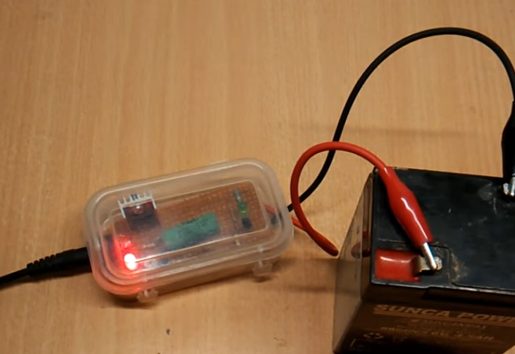
To do this, it’s vital to tell the positive and the negative cables apart. The conventional color code for the positive wire is red, and that for the negative wire is colored black. On the battery, there are two posts for the two cables. The positive post (red) is marked (+), and the negative post (black) is labeled (-).
Step 3: Set the Voltage Switch to 6V
Since we are dealing with a 6V battery, the voltage switch must be set to 6V. It must correspond to the battery’s capacity.
After that, plug the power cord into a power outlet close to the car & battery. You can now flip the charger switch back on.
Step 4: Check the Gauge
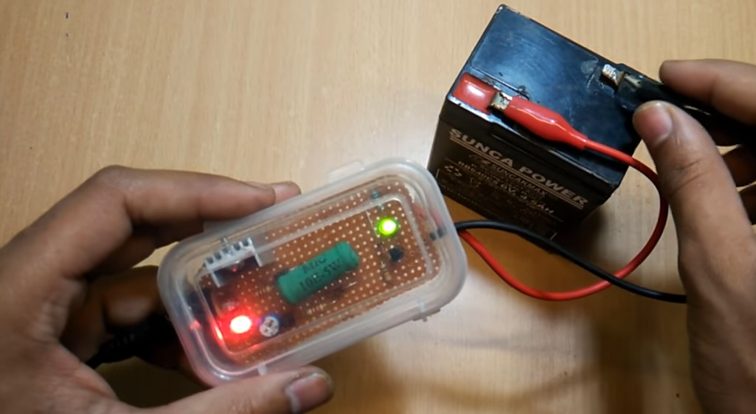
Observe the charger gauge on the 6V battery as it charges. Do this occasionally. Most charger gauges have a needle that sweeps through a charging scale, and some have a series of indicator lights glowing from red to green.
When the needle registers fully charged, or if the lights glow green, charging is complete. Turn off the power and extract the cable clips on the battery, and clamp on the metal frame or the engine block.
Step 5: Start the Vehicle
Finally, unplug the charger cord from the power outlet and secure it somewhere safe. Install the battery in the car and start your vehicle.
Notes: When charging a 6V battery, don’t use chargers designed for 12V or some other voltage battery; use a charger specifically designed for a 6V battery. They are available in most auto parts stores or online marketplaces like Amazon. A different charger can ruin your battery.
Never attempt to charge a damaged or leaking battery. It can cause fire and explosions. That can result in severe injuries to the operator. Consult a professional if you are worried your using the wrong voltages or charger to avoid issues.
Also, do not interchange the positive and negative posts by connecting the negative cable of the charger to the positive post or vice versa. Before you turn on the power, always verify that the connections are proper.
How Long It Takes to Charge a 6 Volts Battery
It takes 6 to 8 hours to charge a 6V battery with a standard 6V charger. However, using a fast charger will only take 2 to 3 hours to charge the battery!
Why the Variation?
Several factors matter, like the type of charger you use, the ambient temperature, and the age of your battery.
Old 6V batteries or those with extended shelf lives will take longer to charge. I recommend using slow chargers to charge such (old) batteries to avoid ruining them.
Regarding the ambient temperature, cold weather conditions elongate charging time because the batteries will be less efficient in cold weather. On the other hand, your batteries will charge faster in normal warm weather conditions.
Rechargeable 6V Batteries
6V Nickel or Lithium-based Batteries
To charge these batteries, slide the battery into a charging compartment. Then, they match the positive and negative terminals on the battery to their corresponding positive and negative terminals on a charger. You can then wait for the charging to complete.
6V Lead-acid-based Batteries
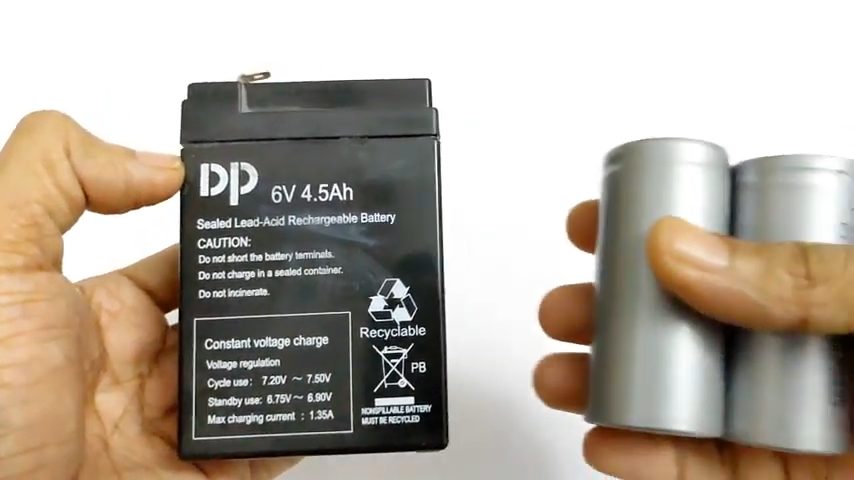
For these batteries, the charging process is somewhat different.
To charge them:
- Attach the positive terminal of a compatible charger to the (+) or red terminal on your Lead-acid based battery first.
- Then, connect the charger’s negative terminal to the negative (-) post on the battery – usually black.
- Wait for charging until completion.
It doesn’t matter which type of 6V battery you have, the process is easy, and the variation is slight but not negligible. So, follow each step accurately and use an appropriate charger.
How to Charge 6V Batteries in Series
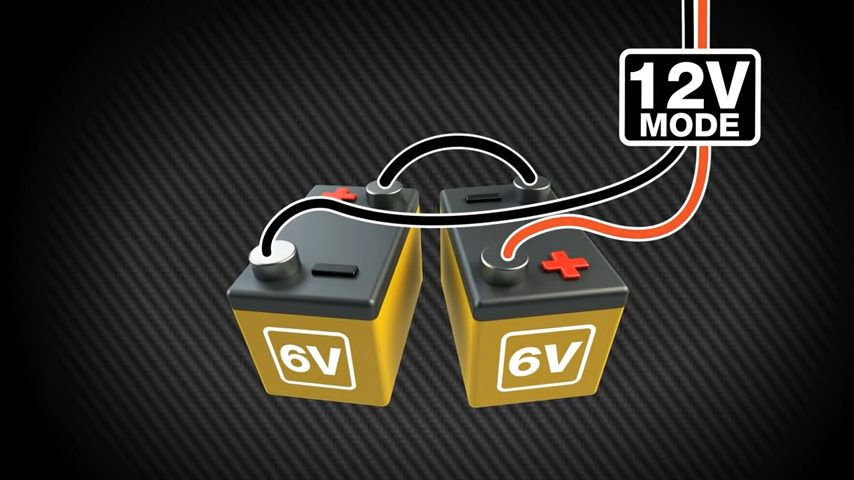
Charging a 6V battery in series is not a big deal. But still, I get this question quite often.
To charge your 6V voltage series, connect the first (+) terminal of the first battery to the (-) terminal of the second battery. The connection will create a series of circuits, charging the batteries evenly.
Why Would You Charge Batteries in Series?
Charging batteries in series allows you to charge or recharge multiple batteries simultaneously. As aforesaid, the batteries will charge evenly, and there is no risk of one (battery) overcharging or undercharging.
This is a helpful technique, especially if you need the batteries for equipment (a car or boat) that consumes more power.
Additionally, you will save a lot of time charging the batteries in series than if you charged each (battery) at a time.
How Many Amps Do 6V Batterys Produce?
I get this question frequently. The amperage of a 6V battery is very low, 2.5 amps. So, the battery will produce little power when employed in a car or an electrical device. Therefore, 6V batteries are rarely used in high-powered machines or devices.
To compute the amps of a battery with any voltage, use this simple formula:
POWER = VOLTAGE × AMPS (CURRENT)
So, AMPS = POWER ÷ VOLTAGE (e.g. 6V)
In that vein, we can also see clearly that the wattage of a 6V battery can be computed easily from the formula (power or wattage = voltage × Ah). For a 6V battery, we get
Wattage = 6v × 100Ah
Which gives us 600 W
That means that a 6V battery can generate 600 W in one hour.
FAQs
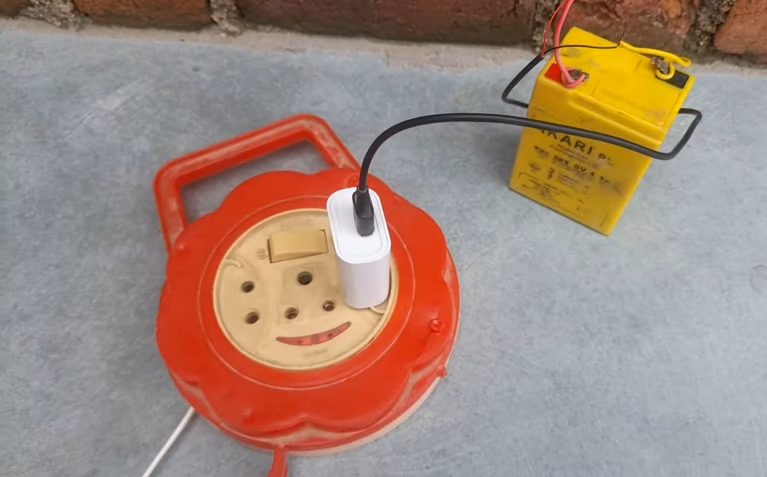
How Many Watts Does it Take a 6v to Charge?
This question is complex. First, it depends on your battery; 6V Lead-acid based batteries require a different charging voltage than lithium-based batteries. Secondly, the battery’s capacity; a 6V battery rated at 2-amp hour requires a different charging voltage than a 6V battery rated at 20-amp hours.
Can I Charge a 6v Battery with a 5v Charger?
Well, it depends on the device; if your electronic device is designed for lower volts, you can safely use a lower volts charger. If not, using a lower volts charger can harm your device. (1)
How Do You Charge a 6v Flashlight Battery?
You can charge a 6V flashlight battery with a standard 6V charger. Connect the (+) and (-) terminals lead of the charger to the appropriate terminals on the 6V battery. Wait until the battery is full (green indicator light) and extract it.
What Is the Capacity of a 6v Battery?
A 6V battery can store and deliver 6 volts of electrical power. It is usually measured in Ah (amp-hours). A 6V battery typically has a capacity of 2 to 3 Ah. So, it can generate 2 to 3 amps of electrical energy (current) in one hour – 1 amp for 2 to 3 hours. (2)
Can You Charge a 6v Battery with a 12v Charger?
Yes, you can do that, especially if you don’t have a 6V charger and you happen to have a 6V battery.
First, get the following items:
– 12V charger
– and 6V battery
– Jumper cables
Proceed as follows:
1. Attach the red terminal of the 12V charger to the red post on the battery – use jumper wires.
2. Connect the black terminal of the charger to the black post on the battery with jumper wires.
3. Affix the other end of the jumper wire to the ground (a metal).
4. Turn on the charger and wait. A 12V charger will charge a 6V battery in a few minutes.
5. However, using a 12V charger is not recommended for a 6V battery. You may damage your battery.
Take a look at some of our related articles below.
References
(1) harm your device – https://www.pcmag.com/how-to/bad-habits-that-are-destroying-your-pc
(2) electrical energy – https://study.com/academy/lesson/what-is-electric-energy-definition-examples.html
Video References
Mohit Sagar
NOCO
Sanwariya tech
